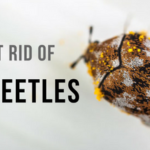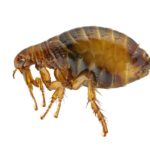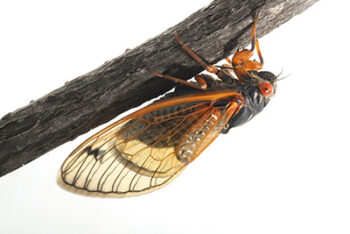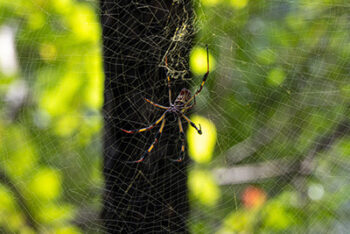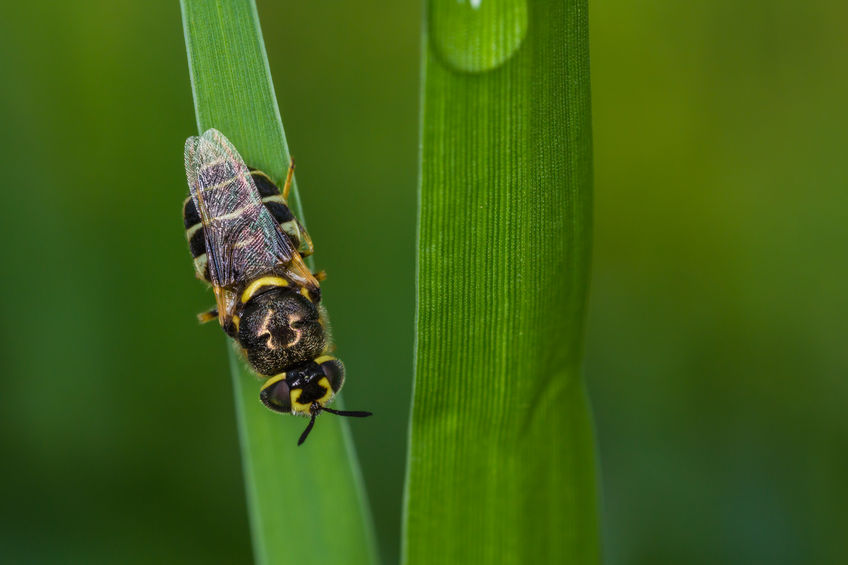
Invasive species are animals, insects, plants, or diseases that rapidly take over and have the potential to harm existing ecosystems, the human economy, and even human health. These species are usually, but not always, non-native to the area. They disrupt by dominating a region’s wilderness area or habitat.
Tennessee is home to several invasive pests threatening the local habitat. The following are the top ten invasive insect species to watch out for.
1. Southern Pine Beetle
The southern pine beetle is native to the United States but becomes destructive and widespread in forests when populations peak. They are attracted to stressed trees and can kill individual or large-scale trees. They cause structural damage from beetle behavior and by introducing the blue stain fungus.
2. Gypsy Moth
The gypsy moth is native to Asia, Europe, and North Africa and was first introduced to the U.S. in 1869. These moths became established in the northeast and are spreading toward Tennessee at a rate of seven miles per year. Gypsy moths are major defoliators of several hardwood species which poses a significant threat to Tennessee forests. Treatment and trapping programs have been in place since the 1970s to prevent them from becoming established in Tennessee.
3. Walnut Twig Beetle
The walnut twig beetle is native to the western United States and was found in Tennessee in 2010. These beetles tunnel through the bark and carry the thousand cankers disease. Once trees decline, they typically die within 2-3 years.
4. Emerald Ash Borer Beetle
Adult beetles are metallic green and about ½” long. This invasive species is from Asia and was first found in southeastern Michigan 15-20 years ago. It has since spread to 15 states, including Tennessee in 2010, and parts of Canada. The adult beetles eat ash foliage which causes little damage, but the larvae feed on the inner bark of ash trees. Once a tree is infested, they typically die within three years.
5. Africanized Honey Bee
Africanized honey bees, often referred to as killer bees, are aggressive and accustomed to wet and dry seasons in tropical or subtropical habitats. You’ll find their nests in hollow trees, rotten logs, and wood or rock piles. They defend their nests up to 50 feet away by stinging and chasing intruders up to a mile. They’ve killed pets, livestock, and even people when they are unable to get away.
6. Brown Marmorated Stink Bug
The brown marmorated stink bug emits a bad odor when disturbed. Adult bugs are about ½” and have a mottled appearance. A range of crops and fruit are at risk with an infestation as the adults and nymphs feed on leaves causing damage. In the fall, adult stink bugs enter homes and outbuildings searching for shelter to overwinter. Many enter homes through small openings around windows.
7. Leek Moth
The leek moth is a serious pest that causes damage to leeks and onions. Female moths lay their eggs on the lower leaf surface near the base of the plant. In the spring, their eggs hatch within 4-6 days or 8-11 days in the fall. Larvae feed on the plants leaving pinholes in leaves and making the leeks unfit for sale. Leek moth damage makes onions age too quickly leaving damaged bulbs rejected for selling.
8. Pink Hibiscus Mealybug
This is a serious pest causing damage to many plants including hibiscus, grapevines, cotton, and peanuts. They originated in southeast Asia, northern Australia, and Africa, but were discovered in Florida in 2002 and continued to spread. Adult mealybugs are about 3 mm long, are pink in color, and covered with a waxy secretion. Eggs can be found in bark crevices, under bark, in the soil, tree boles, inside fruit clusters, and more. Nymphs disperse by the wind and by walking far distances to find preferred host plants. Mealybugs can stunt plant growth or kill the plant altogether.
9. Small Hive Beetle
The small hive beetle was first found in Florida in 1998. They have been detected in west and middle Tennessee and continue to spread. They can be very destructive to honey bee colonies by causing damage to honeycomb. Beetle larvae tunnel through honeycomb feeding, defecating, and causing fermentation and discoloration of the honey. If a beetle infestation grows, honey bees may abandon their hives.
10. Asian Longhorned Beetle
The Asian longhorned beetle is native to China and Korea, but infestations have been found around the U.S. This beetle slowly kills trees over 3-5 years. They invade locally by containers, pallets, infested firewood, and more.
At Inman-Murphy Termite & Pest Control, we eliminate unwanted pests and infestations from homes and businesses. If you’re experiencing pest issues in Tennessee, contact us today.

